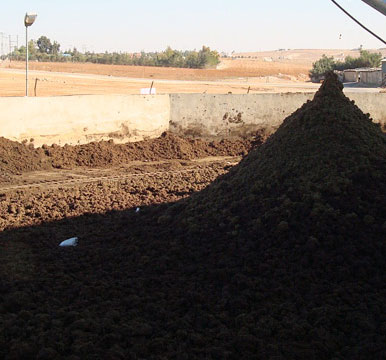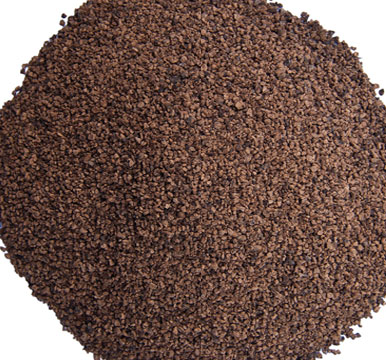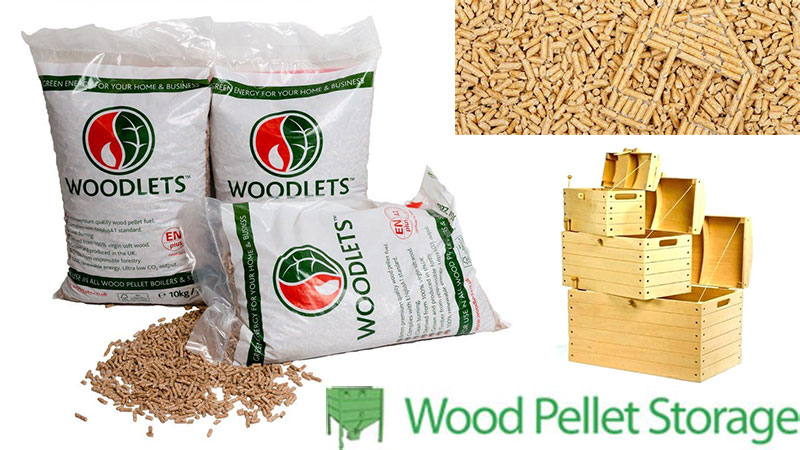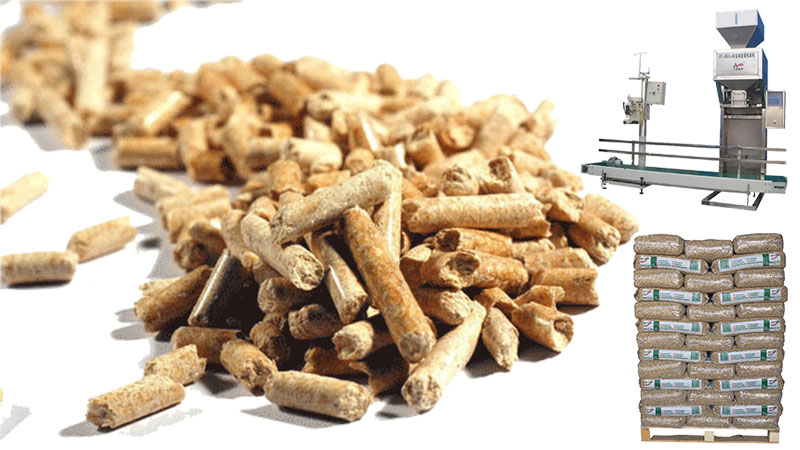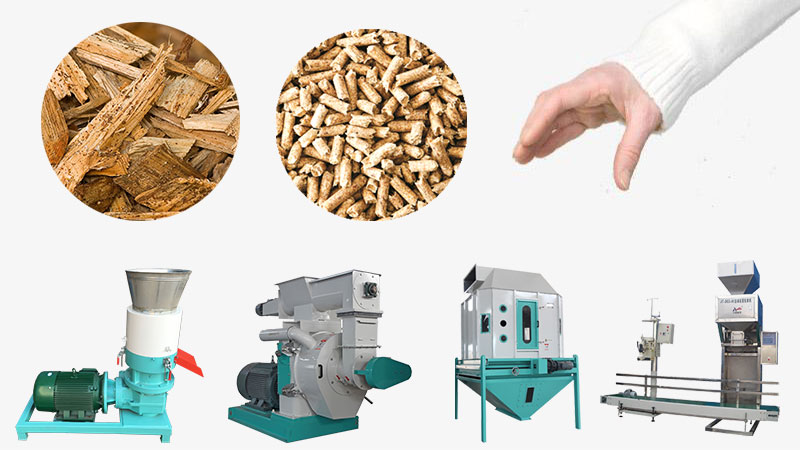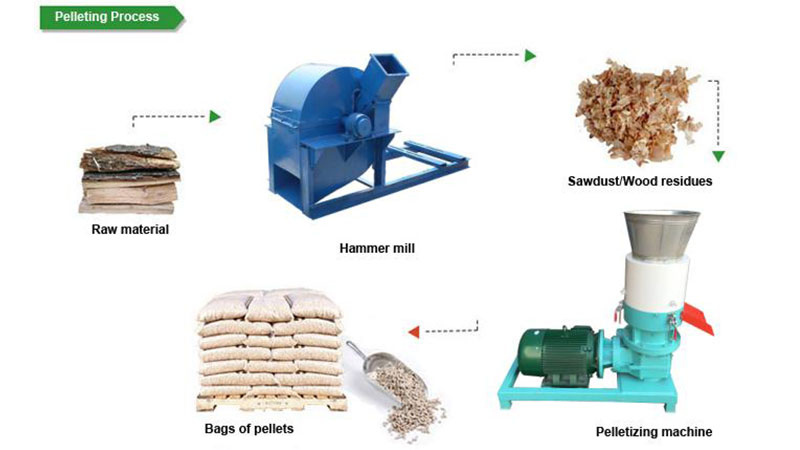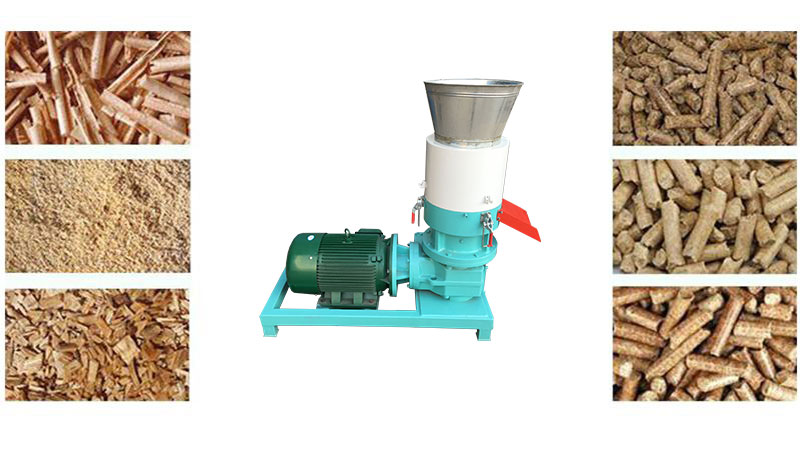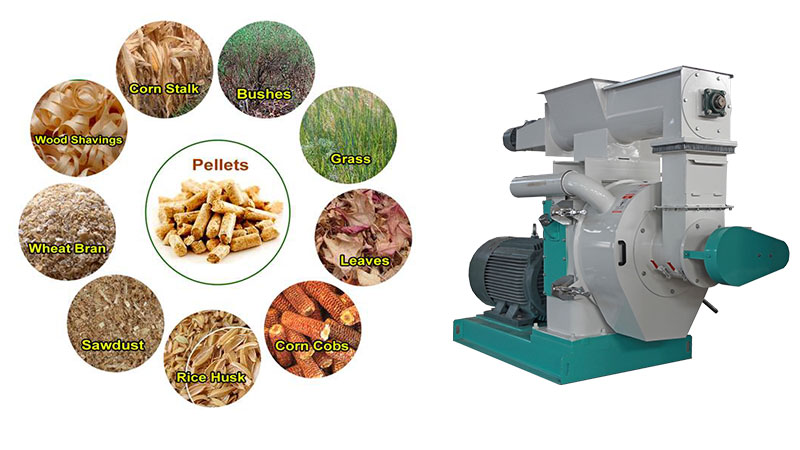 |
Making Olive Pomace into Fuel Pellet in Morocco |
I. Olive Pomace Introduction
II. Olive Pellets Advantages
III. Olive Pomace Pellet Plant
IV. Olive Pomace Briquette Making
V. The application of Olive Biomass in the World
Morocco is a traditional producer of olives and 90% of all harvested olives are turned into oil. Olive pomace is a byproduct of the olive oil production process and is a premium quality agricultural biomass fuel. Olive pomace are mostly underutilized in Morocco. How to efficiently utilize these “waste”? Making olive pomace into profitable fuel pellets! Here recommend biomass pellet plant to help olive pomace from a waste to useful biomass fuel.
I. Olive Pomace Introduction
1. Large Yield of Olive Pomace in Morocco
In Morocco, olive orchards are dominated by the local cultivar Picholine Marocaine covering more than 90% of the Moroccan olive groves. The annual production period of olive is 5 to 7 months. The harvesting season of olives usually starts with some olive varieties that can be picked already at the end of September, the peak period is November, December and last until February/March. 90% of all harvested olives are turned into oil.
The olive fruit with 12-30% oil content means in biomass terms that the total waste generation is nearly 75% of the olive harvest. Based on the olive cultivar about 4 to 8 kilos of olives are needed to produce just 1 liter of olive oil. But briefly we can say that every liter of olive oil produced results in roughly 5 kilos of waste-olive pomace. Moreover, Morocco is set to nearly double the area under olive orchards by 2020, from 720,000 hectares in 2005–10 to 1.3 million hectares in 2020. Production of olives for oil is predicted to treble, from 550,000 tonnes in 2005–10 to 1.65 million tonnes in 2020. The estimated amount of useful olive pomace-the byproduct of olive oil production in Morocco is around 1-2 million tons generated in 2020.
2. Distribution
In fact olive pomace is the solid by-product from the extraction of olive oil. The olive biomass is mainly from the areas with large olive tree plantations and a well-established olive oil industry. Moroccan olive oil production is featured with a small part of large-scale producer who produce and package olive oil focusing on both the domestic and export markets. These plants are located in larger cities that have direct access to local and international distribution networks. Olives for these producers are either directly from the company’s own olive trees, through contracts with multiple olive producers, or a combination of the two. These producers usually own their own small processing units with a capacity around 20 tons per day.
3.Characteristics of Olive Pomace
The residues that remain after the virgin olive oil extraction process are called olive pomace or olive cake. Olive pomace is a dark colored paste including crushed olive pits (also named olive stones or kernels), olive husk/skin, pulp, some pomace oil and waste waters. The olive pits are a form of solid biomass and can be burned directly.
There are three types of olive pomace according to the extraction method. Large number of olive pomace to be utilized as biomass fuel are available only from the industrial scale 3 phase decanter processes. After the olives have been pressed and the olive oil is extracted the olive cake is very wet. The moisture content is approximately 40-70% depending on the olive oil extraction process. The efficient way to utilize olive biomass as fuel energy is to dry it. After drying the moisture content reduces to 8-15 %. Here is the specifications of dried olive pomace.
|
Size
|
1-3cm
|
|
Calorific value
|
17-19mj/kg
|
|
Moisture (humidity)
|
Around 10%
|
|
Oil content
|
Below 3%
|
|
Ash content
|
6-10%
|
Olive pomace is the renewable fuel source and plays an important role in national economies, since it avoids the importance of fossil fuels. However, because of its irregular shape and size and low bulk density, which contribute to difficulty in handling, transportation, storage. Pelletization technology represents mass and energy densification that provides easier biomass fuel handling.
1. Proximate Analysis of Olive Pomace Pellet
|
Moisture content (wt%)
|
6.86
|
|
Ash content (wt%)
|
5.17
|
|
Sulphur (wt%)
|
0.10
|
|
Oxygen (wt%)
|
32.02
|
|
Net calorific value (LHV)
|
19.02mj/kg
|
|
Gross calorific value (HHV)
|
20.52mj/kg
|
2. Compared with Heating Oil
The pellets olive (olive pellets) have the form of small cylindrical capsule of about 2-3 cm and a diameter of 6 mm and are made from pomace. Compared with oil heating, olive pellet is designed to produce about half of thermal energy, for instance we can calculate if a consumer needed per year one ton heating oil, he will need to consume about two tons of pellets for the same result. With current heating oil price of 39.63 pence per litre, one ton of heating oil costs today around $601. Two tons of olive pellet costs about $503. We have the same result and we save around $100 of our money to use pomace pellets. It is clear that the consumer will choose to heat with pellets.
III. Olive Pomace Pellet Plant
Usually, in an entire olive pellet production line the following equipment are involved:
●Drying: The moisture content of olive pomace is approximately 40-70% depending on the olive oil extraction process. The process of obtaining useful olive biomass from this waste product is by drying it to get a solid fuel. Obviously, a drying machine is the essential equipment in pelleting. After drying the moisture content goes down to 8-15%, which can well prepare for the next step.
●Sieving: There will be dust or other impurities in the olive cake, so the siever need to be applied in the production line to protect the processing machine in the pellet production line and also to ensure the pellet quality eventually.
●Grinding: Grinder or hammer mills will reduce the size of olive cake and make it into fine power which will be ready for pellet production.
●Pelleting: Ring die pellet mill will compress the olive pomace power into fuel pellets.
●Packing machine will package the pellets into bags with different specifications based on requirements. And then pellet bag storage.
Notice: In the pelleting, the raw materials should be dry olive pomace (olive pits & husk). Loose biomass as binders can also be used.
IV. Olive Pomace Briquette Making
The olive biomass briquettes produced from briquette machine is a briquette shape fire log made from olive pomace (olive husk & pits). Briquettes can be used in indoor or outdoor applications. Briquettes can be used in wood burners and fireplaces but they perform best in heating stoves and boilers.
Biomass Briquette made from 100% Olive Pomace specifications:
Moisture content < 12%
Oil content < 3%
Heat of combustion : around 20 MJ/Kg
Ash content (550±10) ℃: 5.7%
Briquette size can be varied depend on customers’ requirements.
V. The application of Olive Biomass in the World
1. Achievements in Converting Olive Biomass to Biopower in the World
Olive biomass can be used in direct combustion or co-combustion with other biomass in combustion heating system to produce electricity and useful heat. The emission from burning biomass fuel in industrial facilities is less than using fossil fuels like coal, natural gas or oil.
The Biomass Magazines article titeled “Electric Olives” reports that he first olive-powered electrical plant was built in Palenciana, Spain, in 1995. Since then, four more plants have been built in the Andalusia region. About 3 percent of Spain’s electricity consumption comes from biomass sources. Several power plants in England have been burning olive residue since 2003. England imports 175,000 metric tons of olive cake, making it the largest importer of olive residue in Europe. Major Italian energy company Enel cofires olive waste at its coal-fired plant in Brindisi, Italy, in the southern part of the country.
2. Challenge Occurred in Morocco
Morocco, being the largest energy importer in North Africa, is making concerted efforts to reduce its reliance on imported fossil fuels. There are many potential projects which could promote biomass energy sector in the country, such as waste-to-energy, biofuels and biogas from abundant feedstock like solid wastes, crop wastes, industrial wastes etc. However, in Morocco, biomass pellets are not mass manufactured, and the technology is also limited. It need introduce technology and machines to achieve the renewable energy. Amisy Pellet Machinery is the expert in biomass pellet production. Here different types of pellet machines and customized biomass pellet solutions are available. For any question, we can give the right suggestion to meet your requirements!



